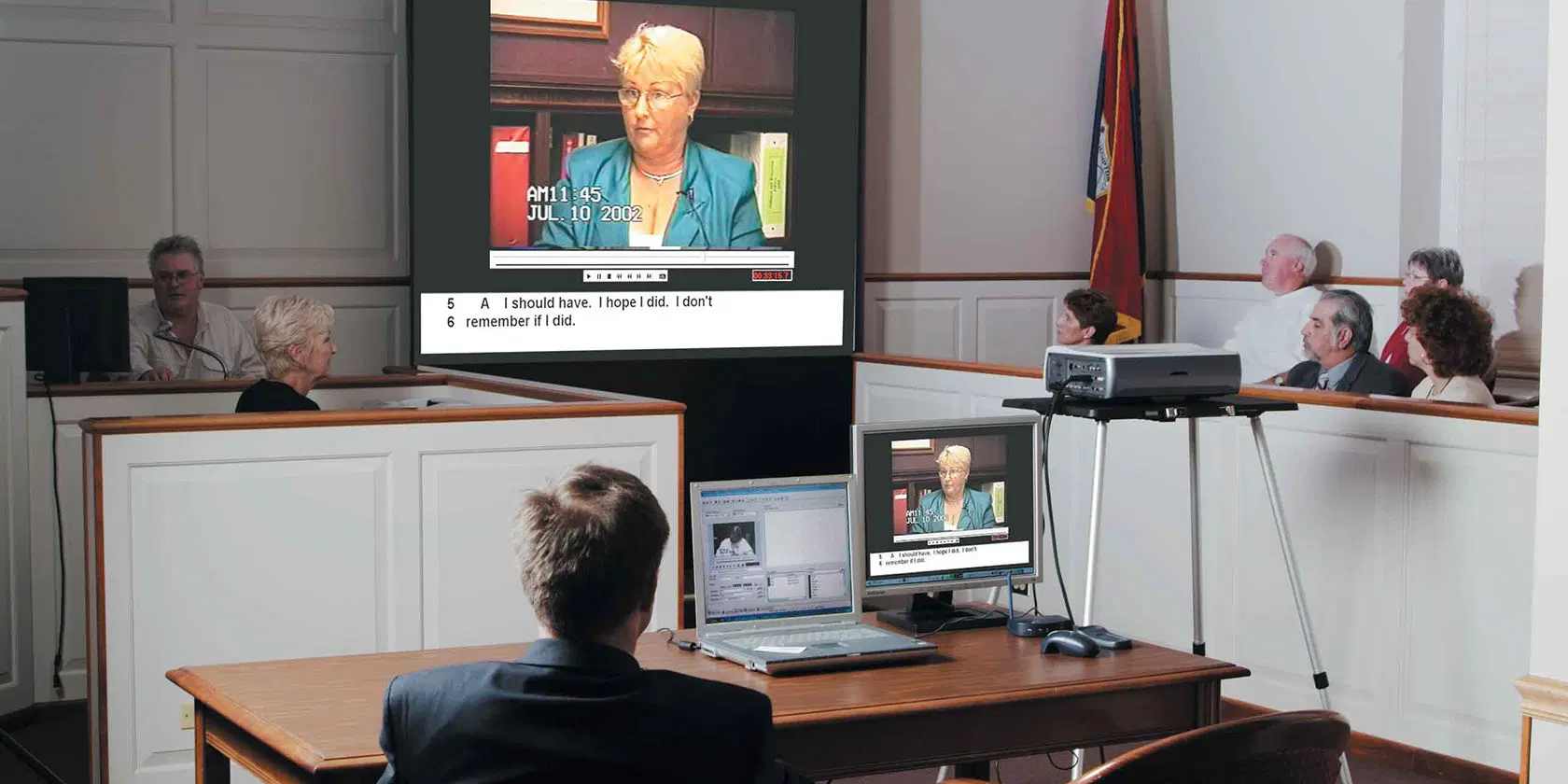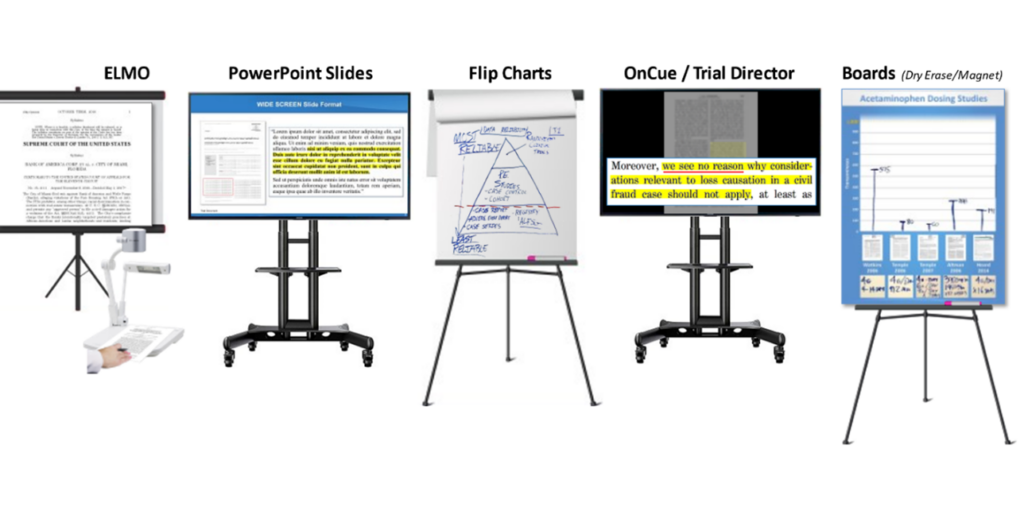Engaging trial presentations combine visuals, data, and strong arguments.
Engaging trial presentations combine visuals, data, and strong arguments.
Blog Article
Just How Trial Presentations Enhance Your Argument and Convince Jurors
Trial discussions offer as a crucial device for improving lawful disagreements and convincing jurors. The tactical use of visuals not only makes clear intricate info however likewise captures jurors' attention extra properly than words alone.

Significance of Visual Aids
Visual aids play an important function in enhancing the effectiveness of trial discussions, as they can dramatically raise target market interaction and retention of information. In the context of a trial, where jurors are entrusted with handling complicated info, visual help offer to simplify and clarify key factors. Graphes, graphs, and images can share information and ideas that may otherwise bewilder or puzzle jurors, allowing for an extra uncomplicated understanding of the evidence presented.
In addition, visual aids help in keeping juror interest throughout the proceedings. By damaging the dullness of spoken statement, these tools can stress vital arguments, making them more remarkable. Efficient aesthetic aids can additionally evoke psychological reactions, which can be pivotal in convincing jurors to align with the speaker's story.

Crafting Compelling Narratives
A compelling story is vital in test presentations, as it offers as the foundation of efficient persuasion. It permits attorneys to weave together realities, evidence, and emotional components right into a systematic tale that resonates with jurors. This narrative structure allows jurors to recognize the complexities of the situation while leading them through the attorney's argument.
To craft a compelling narrative, attorneys should focus on clarity and comprehensibility. In addition, the usage of dazzling summaries can produce mental images that help jurors visualize the occasions, making the story a lot more unforgettable.
Additionally, integrating key themes throughout the discussion enhances the core message and aids in retention - trial presentations. The narrative should not just communicate information but additionally stimulate a sense of justice, highlighting the risks entailed. Eventually, a well-constructed story promotes a connection in between the jurors and the situation, positioning the lawyer's debate as both credible and engaging, consequently enhancing the likelihood of a desirable decision

Involving the Jury Psychologically
Effective court engagement rests on the lawyer's capability to get in touch with jurors on an emotional degree. This connection can substantially impact jurors' understandings and their best decision-making. Using psychological appeals enables lawyers to humanize the case, transforming abstract lawful principles into relatable experiences. By providing real-life tales or testimonials, attorneys can stimulate compassion and compassion, promoting a much deeper understanding of the concerns at stake.
Aesthetic aids, such as photographs or videos, can additionally improve psychological engagement, offering jurors with brilliant depictions of the instance's human components. Crafting a More Bonuses story that highlights the battles and accomplishments of the people entailed ensures that jurors see beyond the lawful debates and identify the human consequences of their choices.
A lawyer's passionate shipment can resonate with jurors, enhancing their psychological financial investment in the situation. It's important to stabilize emotional allures with accurate evidence, making certain that jurors really feel obliged to act while remaining based in the truth.
Structuring Your Discussion

The body of the presentation must be logically segmented into vital factors, each supported by compelling evidence. It is helpful to make use of storytelling techniques to weave truths right into a story that jurors can conveniently adhere to. Visual aids, such as charts and videos, can improve understanding and interaction, aiding to highlight critical pieces of evidence.
Real-World Study
Analyzing real-world case researches gives very useful understandings into the art of test discussions and persuasion. The defense team effectively used an approach that incorporated prominent professional testimonies with multimedia presentations, which astounded jurors and inevitably influenced their choice.
An additional significant example is the "McDonald's Coffee Situation," where the plaintiff's lawyers utilized visuals pictures of the injuries sustained by Stella Liebeck. trial presentations. This raw visual proof played a vital function in conveying the extent of her burns, causing a considerable jury honor. straight from the source Such cases show that impactful trial discussions commonly depend upon the efficient integration of visuals and narration to evoke psychological responses from jurors
Additionally, the "Casey Anthony Trial" highlighted the importance of narrative comprehensibility and integrity. The prosecution's failure to establish an engaging timeline diminished their convincing power, emphasizing the necessity of a well-structured presentation. Assessing these cases exposes that effective test discussions require tactical preparation, psychological involvement, and the ability to resonate with jurors' worths and ideas.
Conclusion
Trial presentations substantially enhance disagreements and convince jurors via the strategic use of visual aids, compelling narratives, and emotional interaction. By simplifying complicated details and fostering connections with the target market, these elements develop an unforgettable and impactful experience. A well-structured presentation balances emotional allures with factual proof, ultimately visit the site resonating with jurors' worths. The integration of these techniques not just influences decision-making yet also underscores the importance of efficient communication in the courtroom.
Report this page